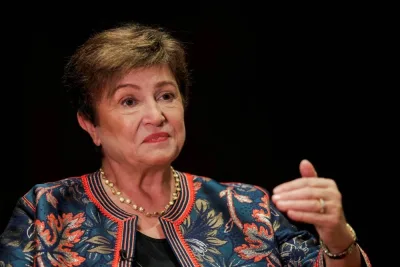Manila Times/Makati
Malacanang yesterday admitted that president Benigno Aquino 3rd will have full control of the P501bn special purpose funds (SPF) contained in the P2.26tn proposed national budget for next year, a stranglehold that could spark fresh criticism of the Aquino government.
In fact, presidential communications secretary Her¬minio Coloma Jr said the cabinet cluster that has supervision over a particular agency may scrutinise the SPF allotted to it prior to seeking the president’s approval.
“Availment of special purpose funds also involves close, or also requires close, adherence to financial control and accountability measures. This must be fully justified by the concerned head of department or agency and may involve vetting by the appropriate cabinet cluster before being recommended for approval by the president,” Coloma said in a news briefing.
But he quickly added that by “financial control and accountability,” he also meant that “actual disbursement is subject to regular auditing rules and regulations”.
Of the P2.26tn proposed budget, the SPF represents 19% while 81% are covered by line item appropriations for programs, activities and projects.
The 81% is classified into three expense classes: personnel services for employee salaries and benefits, miscellaneous and other operating expenses and capital expenditures.
Coloma maintained that the SPF is a form of standby outlay that is ready to be drawn when the need arises. This, he explained, is “based on established management practice”.
“It is customary that a certain portion of the annual budget is set aside for contingency expenditures that are essentially variable and not amenable to precise determination at the time of budget preparation,” Coloma said.
Being “the largest Corp in the Philippines”, he noted, the government “follows such best practice in establishing the [SPF]”, which is divided into: P378bn in programmed appropriations and P123bn in unprogrammed appropriations.
“What do we mean by programmed appropriations? These are appropriations for which the availability of funds has already been determined and assured. Those that are unprogrammed will be appropriated only if there are additional sources of revenue or excess of revenues over projected revenues, new loans, new loan proceeds and other new sources of revenue,’ Coloma said.
The programmed appropriations include Calamity Funds, P14bn; Contingency Funds, P2bn; International Commitment Funds or those the country uses to pay its obligations to the UN and other international organisations, P7.4bn; Pension and Gratuity Funds, P140.6bn; Miscellaneous Personnel and Benefit Funds for vacant and unfilled positions and for performance-based bonus, bonuses and other incentives, P118bn; E-Government, P1bn; Rehabilitation and Reconstruction, P1bn; Budgetary Support to Government-Owned and -Controlled Corps (GOCCs) such as PhilHealth, Napocor and others, P62.7bn; and Allocation to Local Government Units, P33bn
On the other hand, the unprogrammed funds under the SPF have the following major components: budgetary support to GOCCs, P5bn; Armed Forces of the Philippines modernisation, P10bn; and equity buyout of the Metro Rail Transit Corp, P53.9bn.
Coloma said he will release a more detailed list of programs under unprogrammed funds.
He also noted that there is an allocation of P10bn for the AFP Modernisation Fund and this is considered under the unprogrammed appropriation, which is over and above the P5bn for modernisation already found in the Department of National Defence (DND) budget.
“So P5bn would be in the DND proper and P10bn is in the special purpose funds under unprogrammed. This is to fulfil the government’s commitment of allocating P15bn a year at the minimum for the AFP modernisation program. But since only P5bn can be covered by available funds, the P10bn was placed in the unprogrammed portion of the special purpose funds,” Coloma pointed out.
“So, as you can see, that is a specific appropriation for a specific purpose. The only reason why it is under special purpose funds is it will have to be drawn from unprogrammed funds or revenues that will still be realised,” he said.
In the same manner, programmed appropriations of SPF include an allocation of P62.7bn as budgetary support to GOCCs, and in the unprogrammed portion there is a further provision for P5bn.
“So we will not be spending the P5bn [for GOCCs] unless there are new revenues that are realised,” the palace official said.
Coloma assured that in the proposed General Appropriations Act, “there are very specific notes and provisions on how these appropriations may be drawn or the criteria for drawing upon these appropriations”.
On Wednesday, president Aquino submitted to Congress the proposed 2015 National Expenditure Program contained in his 41-page budget message.
The president said the proposed budget expands with the economy and supports further economic expansion; focuses on the imperatives of inclusive development; prioritises the needs of the poor and vulnerable localities; increases the people’s voice in the use of their taxes and government’s accountability for the results of public spending; supports the rapid and effective delivery of public services; and enhances the health of government’s finances.



